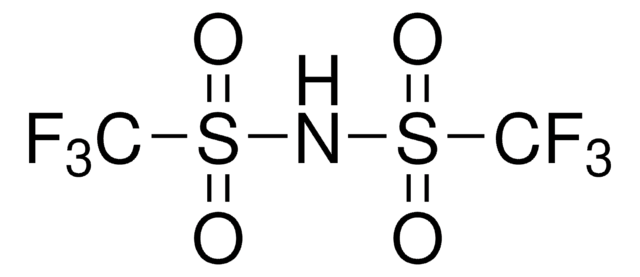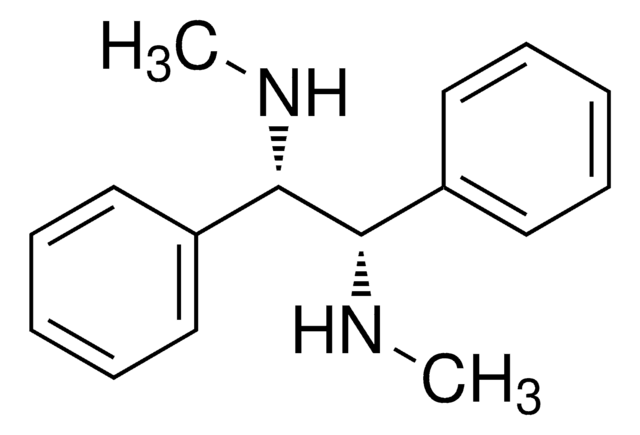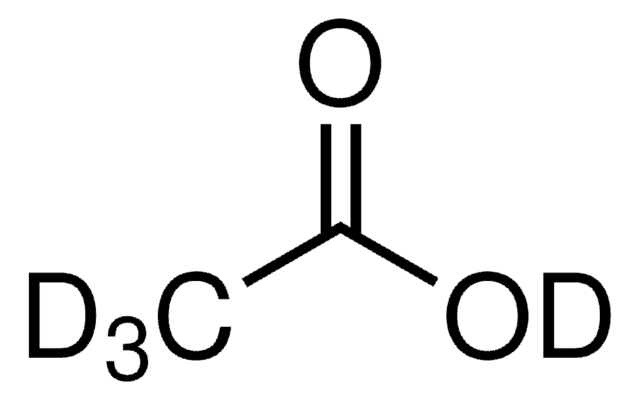700428
N,N-Dimetilformamida-d7
≥99.5 atom % D, contains 0.03 % (v/v) TMS
Sinónimos:
DMF-d7, Heptadeutero-N,N-dimetilformamida
About This Item
Productos recomendados
isotopic purity
≥99.5 atom % D
Quality Level
assay
≥99% (CP)
form
solution
contains
0.03 % (v/v) TMS
technique(s)
NMR: suitable
impurities
≤0.05% water
water
refractive index
n20/D 1.428 (lit.)
bp
153 °C (lit.)
density
1.03 g/mL at 25 °C (lit.)
mass shift
M+7
SMILES string
[2H]C(=O)N(C([2H])([2H])[2H])C([2H])([2H])[2H]
InChI
1S/C3H7NO/c1-4(2)3-5/h3H,1-2H3/i1D3,2D3,3D
InChI key
ZMXDDKWLCZADIW-YYWVXINBSA-N
¿Está buscando productos similares? Visita Guía de comparación de productos
Categorías relacionadas
General description
Application
Recommended products
signalword
Danger
Hazard Classifications
Acute Tox. 4 Dermal - Acute Tox. 4 Inhalation - Eye Irrit. 2 - Flam. Liq. 3 - Repr. 1B
Storage Class
3 - Flammable liquids
wgk_germany
WGK 2
flash_point_f
136.4 °F - closed cup
flash_point_c
58 °C - closed cup
Elija entre una de las versiones más recientes:
¿Ya tiene este producto?
Encuentre la documentación para los productos que ha comprado recientemente en la Biblioteca de documentos.
Los clientes también vieron
Nuestro equipo de científicos tiene experiencia en todas las áreas de investigación: Ciencias de la vida, Ciencia de los materiales, Síntesis química, Cromatografía, Analítica y muchas otras.
Póngase en contacto con el Servicio técnico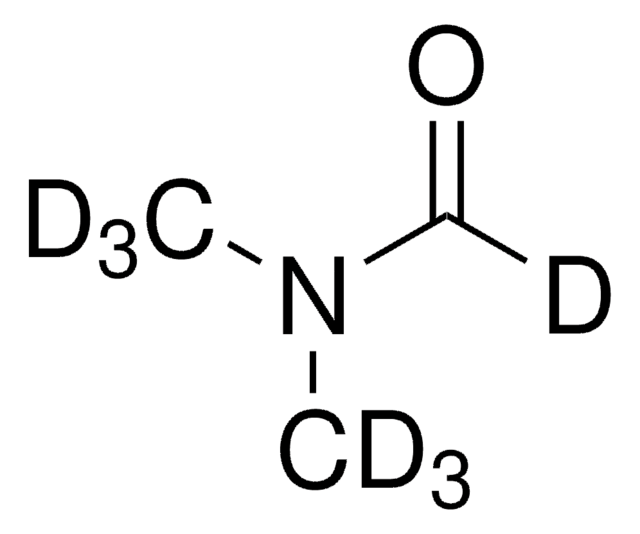

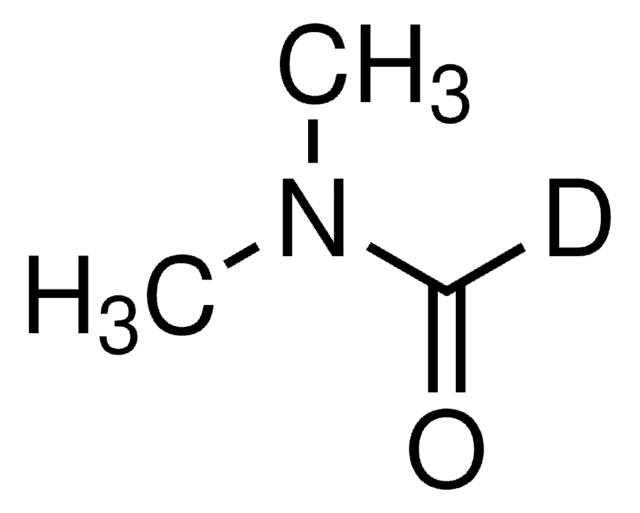

![(3R)-3-{[(9H-Fluoren-9-ylmethoxy)carbonyl]amino}-3-(3-methylphenyl)propanoic acid AldrichCPR](/deepweb/assets/sigmaaldrich/product/structures/369/030/c37536c8-fce7-456d-a3f2-1b29a57c2c52/640/c37536c8-fce7-456d-a3f2-1b29a57c2c52.png)



